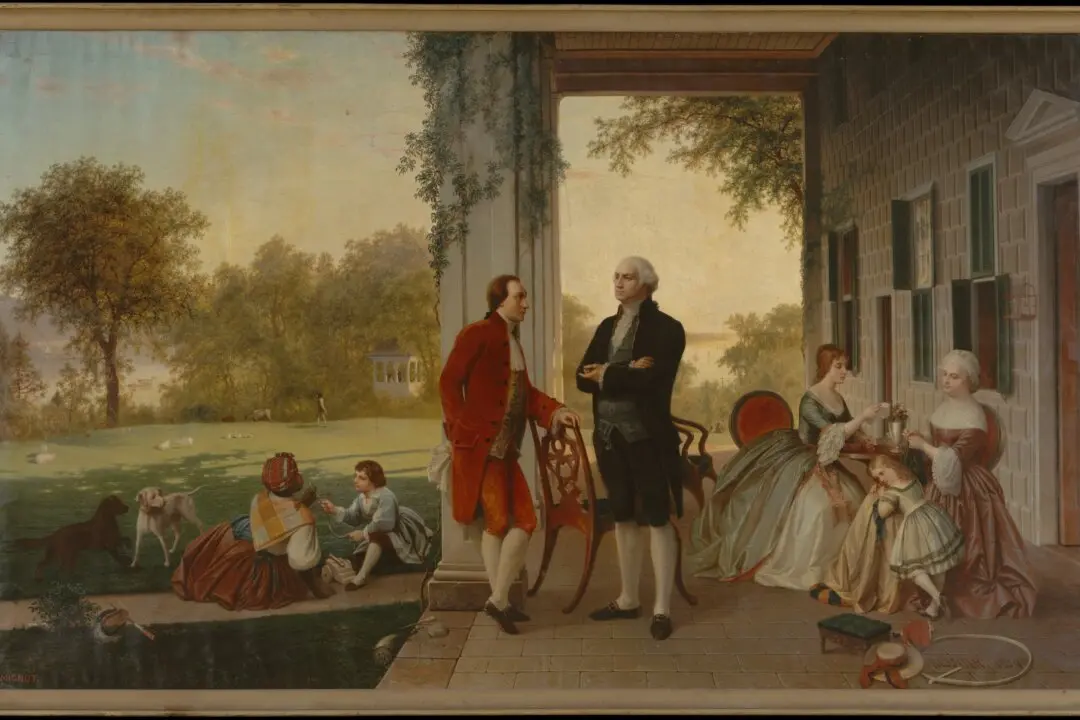With schools closed from the pandemic, the young men from Pennsylvania’s Gregory the Great Academy, where my grandson Michael is a freshman, are taking their lessons via distance learning from their homes. In an effort to maintain the bonds of unity among these boarding school students, the English teachers decided to offer the same curriculum to everyone in grades 9 through 12. In addition to studying the Gospel of St. John, on which they write various meditations, and reading, discussing, and memorizing passages from “Hamlet,” all the students are required to write and submit one sonnet a week to their teachers.
As Headmaster Luke Culley wrote to the students: “Our hope is that whether through following nature with their pens, or repeating the immortal lines of Shakespeare, or writing their own meditations on the Gospel of the beloved disciple, that all of our students will learn that beauty is real, and it is true, and it is something they can enter into with their whole being.”






